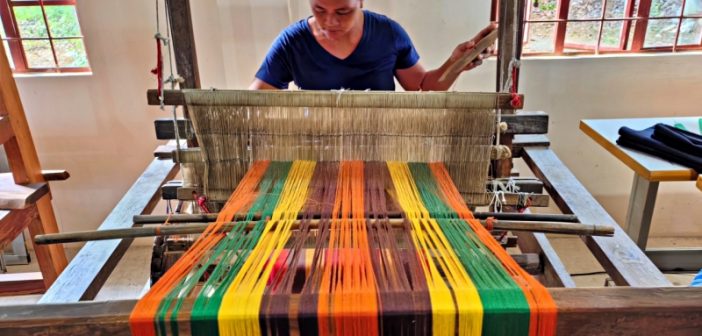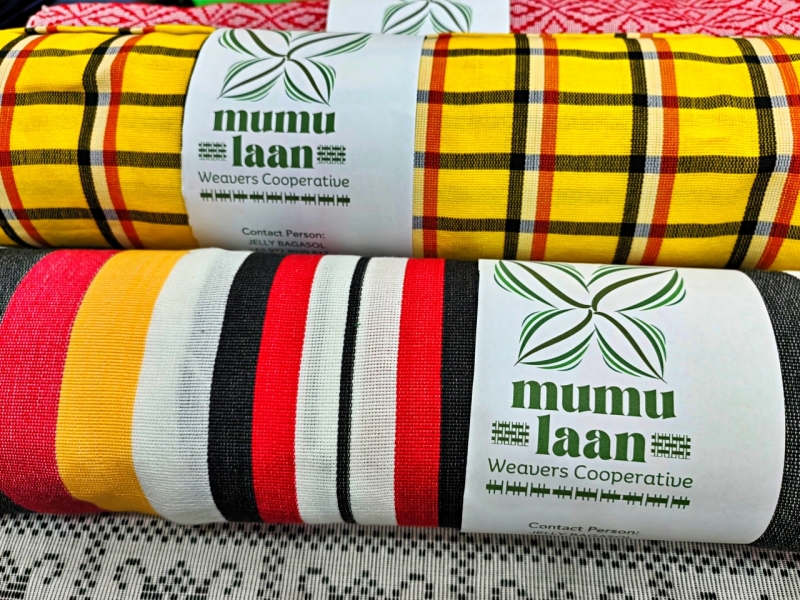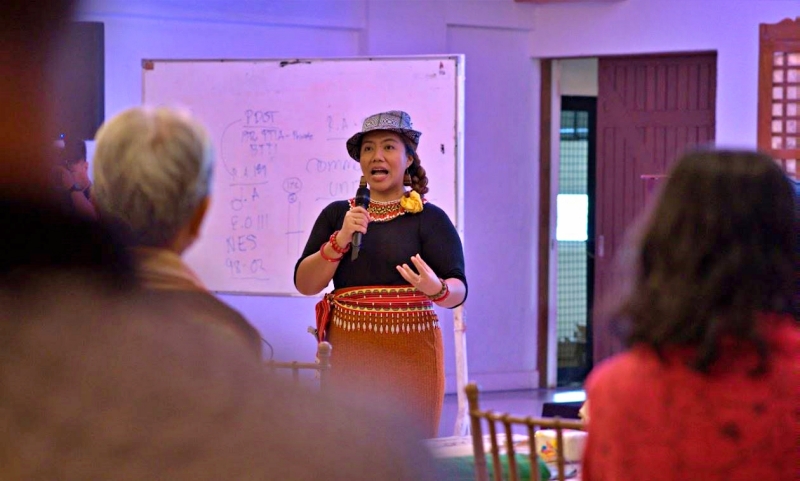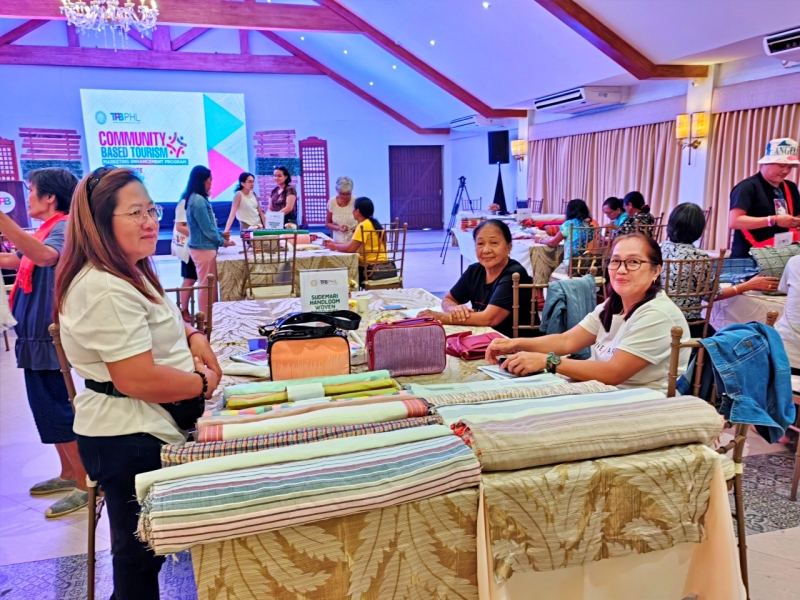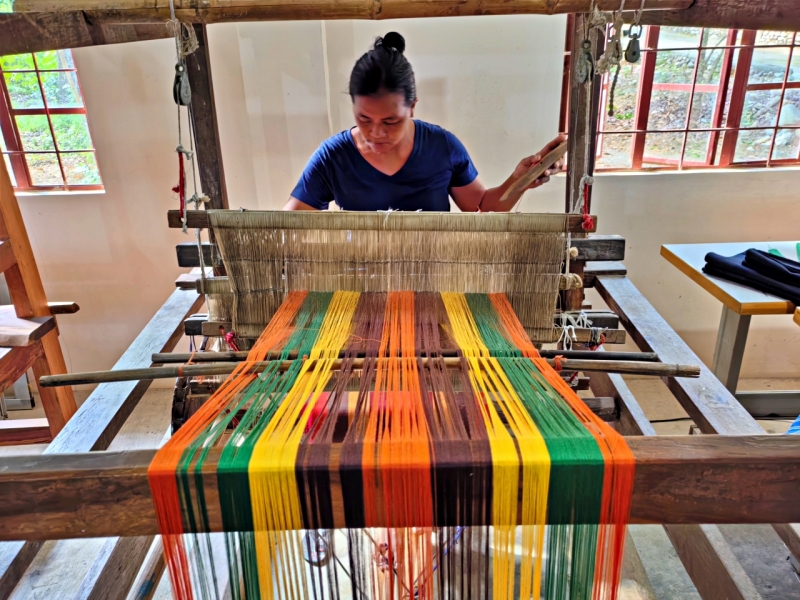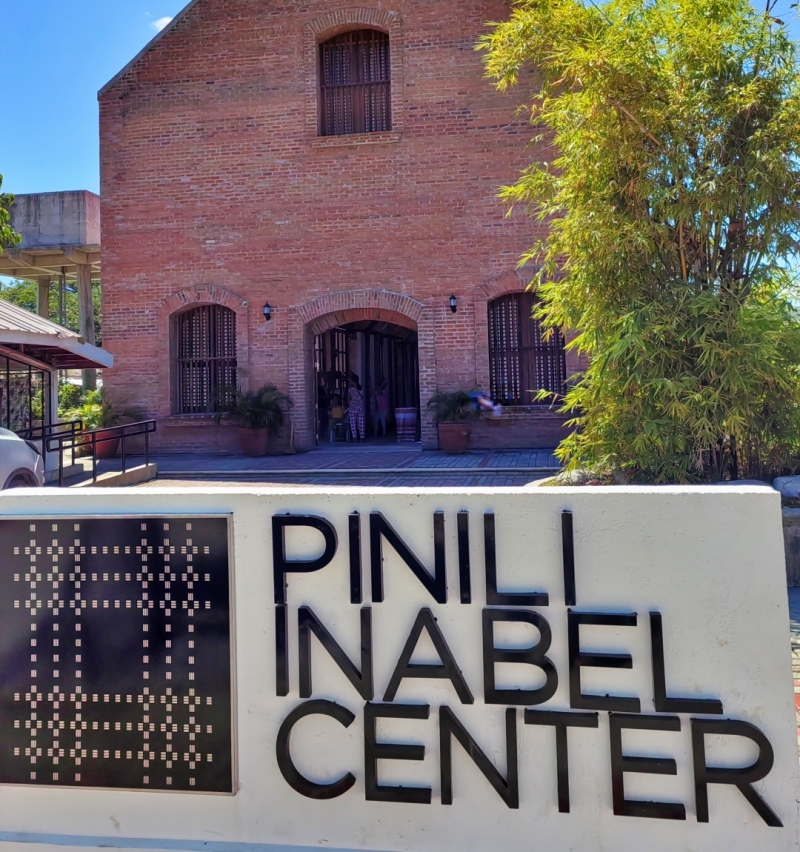Unbeknownst to many, the Tourism Promotions Board of the Philippines (TPB), the marketing arm of the Department of Tourism (DOT), has been holding marketing enhancement workshops with stakeholders from various communities across the country.
Just before the 12th Annual Regional Travel Fair, which was hosted at Robinsons Place in the same municipality, the most recent Community-Based Tourism (CBT) training was held in San Nicolas, Ilocos Norte, on 11 and 12 October 2023. Weavers from all across Ilocos Norte gathered for a two-day workshop at the Sola Hotel.
The goal of the varied topics covered was to educate local weaving community stakeholders on how to increase the visibility of their work, which in turn would help active weavers make more money while preserving their craft.
In addition to organising workshops like this one for inabel weavers, wherein experts in the field shared invaluable knowledge on branding, marketing, product development, pricing, social media presence, and more, the TPB consistently provided livelihood starter kits to every community, allowing them to immediately begin production and put the newfound knowledge into practice.
Learning About Sound Marketing Strategies
One of three speakers invited by TPB to lead the workshop, Apple Allison – a brand builder and idea accelerator – thinks the two-day event gave the weavers a good chance to learn how to strategically price their creations. She believes this will help them charge more for their unique skills and creativity rather than the minimum wage or the traditional labor fee based on yard/per output.
The Inabel woven works, according to Allison, are mind-blowing and with the right marketing strategy, they may reach a far larger audience, both domestically and abroad. She mentioned that she had never witnessed a weaving process like this before, where the weavers could only see the reverse side of the cloth as it was threaded into the looms, yet they managed to create intricate designs.
The Indigenous Ilocano word “Abel,” meaning “weave,” is the origin of the name Inabel. The cotton Inabel fabric can have either a simple or patterned design; it is distinctively of Ilocano heritage. Everyone who knows abel cloth loves it for its strength, delicate patterning and cozy feel.
Wooden pedal looms are utilised by Ilocos weavers to weave a variety of patterns. Among the many functions that designs serve, one of the most well-known is the protection it is thought to provide from evil spirits. Kusikok / Kusikos, for example, is composed of whirling and spiralling forms.
TPB’s Nationwide CBT Programs
I had the opportunity to firsthand observe the CBT initiatives of the Tourism Promotions Board of the Philippines at multiple locations. The successful promotion and administration of five ecotourism sites in Sagay, Negros Occidental, is just one example. Other examples include a series of marketing enhancement seminars for several communities in Buhi, Camarines Sur, Iloilo City, and Capiz.
In addition to showcasing inabel weaving as an art form, this latest CBT stop in Ilocos Norte will empower weaving communities to better market, price, and develop their wares. This includes finding new uses for inabel cloth beyond its traditional use as a tablecloth, curtain, or table runner, and incorporating it into trendy apparel, accessories, shoes, and more.
“I love witnessing the spark of joy and excitement in their eyes with renewed fire in their heart for the craft that they do while learning new things — especially after doing the interactive activities as part of the CBT workshop,” Allison said.
Following the two-day training, the weavers were granted prime space to exhibit their masterpieces at the neighbouring Robinsons Mall, where the 12th Regional Travel Fair commenced. Weavers we spoke with said the trade show was a smashing success, with many customers purchasing the wares on display and others placing orders for bespoke inabel cloth in a range of sizes and patterns.
Meeting a National Living Treasure
It is quite rare to be graced by the presence of a national living treasure. I went on a tour of real weaving centers in various towns in Ilocos Norte the day after the program with other media. The town of Pinili is home to one of them. We met Lola Magdalena Gamayo, a 99-year-old woman who is teaching inabel weaving to new generations and preserving a tradition that has been passed down through many generations.
Only 16 Filipino craftsmen have been honoured with the GAMABA (Gawad sa Manlilikha ng Bayan) title since its inception in 2012. Lola Magdalena is among them. This Pinili Inabel Centre in Nueva Era, Ilocos Norte, is hosting a series of seminars where Lola Magdalena, who is aiming to become the first centenarian National Living Treasure next August, is passing on the inabel history to younger weavers.
With the public’s support, inabel weaving will surely continue to be a significant component of the Ilocos region’s arts and culture scene, as Lola Magdalena approaches her 100th birthday.

